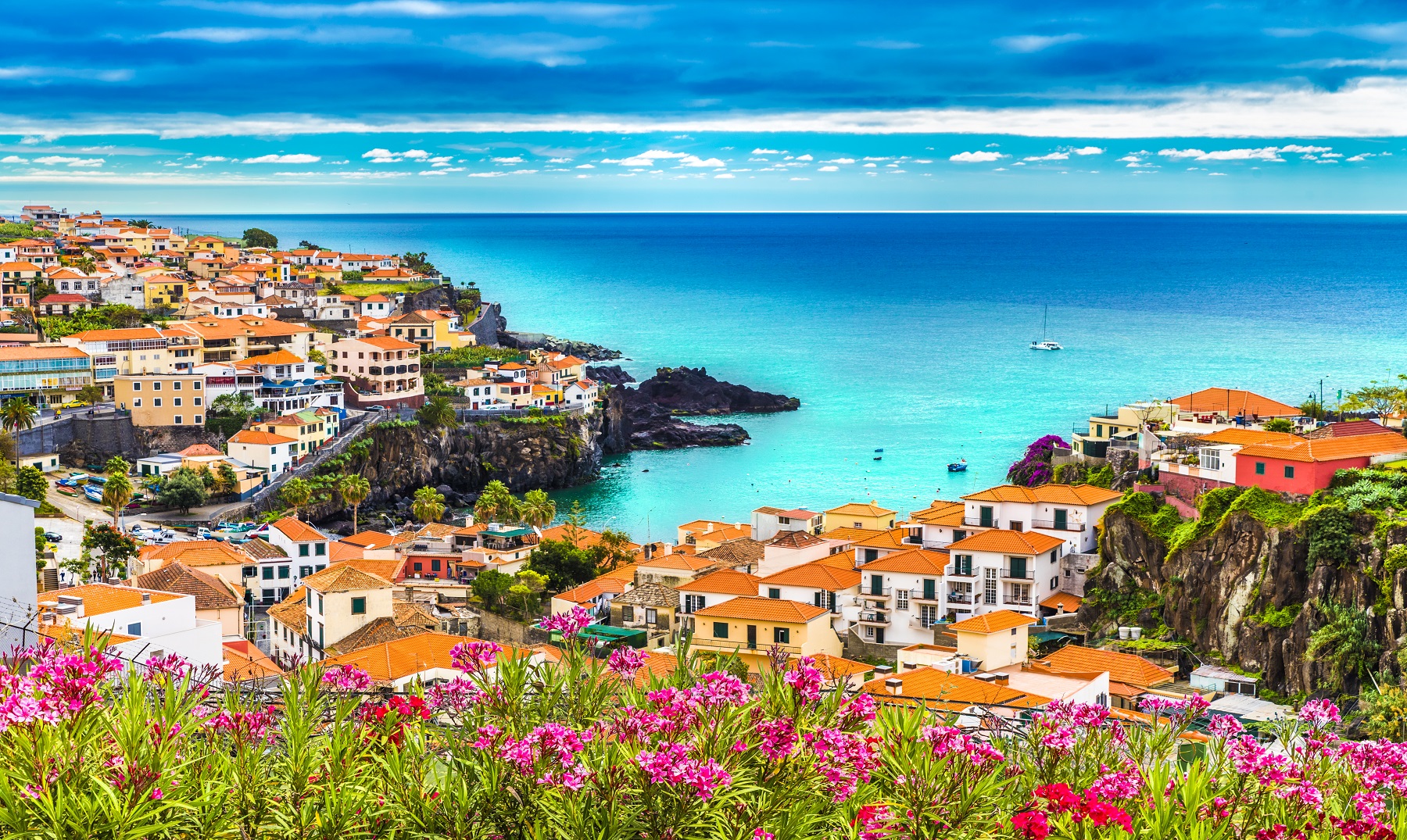In Portugal, the most beautiful spots to visit along the coastline near Porto – from São Jacinto to Esmoriz

Just 45 minutes south of Porto, the Atlantic coastline opens onto a spectacular array of sun-drenched beaches, vast pine forests, delightful wooden walkways and protected lagoons. From São Jacinto to Esmoriz, this unspoilt stretch of coast offers a radical contrast to the seaside resorts of the north, and can be explored on foot, by bike or by car.
São Jacinto and the Aveiro lagoon
Located at the end of the Aveiro lagoon, around sixty kilometres from Porto, São Jacinto forms a narrow spit of land, wedged between the ocean and the calm waters of the Ria. This isolated village is home to the Reserva Natural das Dunas de São Jacinto, a reserve of over 700 hectares, protected for the diversity of its ecosystems and its vast amounts of birdlife. A signposted trail runs for three kilometres across the site. It first crosses the shifting dunes and their pioneer plants, before diving into a dense pine forest, home to owls, warblers and shrikes. The route continues past wetlands, home to wading birds, and finally leads to a large beach, where the sea and sand stretch as far as the eye can see for eight kilometres, all the way to Torreira.
Torreira, between golden dunes and traditional boats
The village of Torreira is where the wilderness of São Jacinto meets the fishing villages along the Aveiro lagoon. On the ocean side, the beach, lined with blonde dunes, is sparsely developed and stretches for several kilometres. You can access it via wooden walkways meant to protect surrounding plants from human impact. On the lagoon side, the moliceiros, traditional boats with painted hulls, are still moored in the inner canal, remnants of a seaweed farming activity now gone fallow. In the port, the boats rest with their sails folded in front of the warehouses. At low tide, grey herons approach the shore to fish peacefully in the shallow waters.
The Maceda forest, suspended walkways in the pine woods
Further north, between Furadouro and Esmoriz, the coastline is entirely occupied by the Dunas de Ovar woodland, planted in the late19th century to stop the dunes creeping in. At its heart, you find the Maceda Forest, a vast pine forest criss-crossed by wide, straight paths where maritime pines, gorse, heather and lichen thrive. It is an unspoilt forest, ideal for birdwatching. Several routes cross the forest and lead to the sea. The most popular leads to the magnificent Praia de São Pedro de Maceda, a long stretch of sand accessible only by foot. Recently restored wooden walkways climb to the top of the dunes before descending to the beach. The landscape is unblemished by any building, save for a small summer surveillance hut. Even in fine weather, the site remains a haven of peace, far from the crowds.
Esmoriz and the Barrinha, discovering a rehabilitated lagoon
As you approach Esmoriz, the last stop before returning to Porto, the scenery changes. Although the built-up zone grows denser, it is nonetheless here that one of the finest ecological enhancement projects on the Portuguese coast begins: the Barrinha de Esmoriz. This former lagoon, rehabilitated in 2017, now offers a three kilometre trail on a boardwalk. It is elevated on stilts, winds above the reed beds, skirts around bodies of water, crosses several inlets and runs alongside nesting areas. More than a hundred species of birds are recorded here every year, including the little tern, the great crested grebe and the pied stilt. Observation platforms and information panels are peppered throughout the trail. The slightly curved Esmoriz beach is easily accessible from the path. And continuing northwards, you quickly reach the wilder Praia do Cantinho.
What you need to know to plan your itinerary from Porto
The coastline between São Jacinto and Esmoriz can be fully explored within a full day's drive, with stops at each site along the way. If you would rather use public transport, your easiest option is to take the train to Aveiro, then the ferry to São Jacinto (from Forte da Barra), before heading north either walking or taking local connections. By bike, you can use bicycle paths which cover much of the route, with long, mainly flat, traffic-free sections between Torreira and Esmoriz. Off you go!
Komentar
Posting Komentar